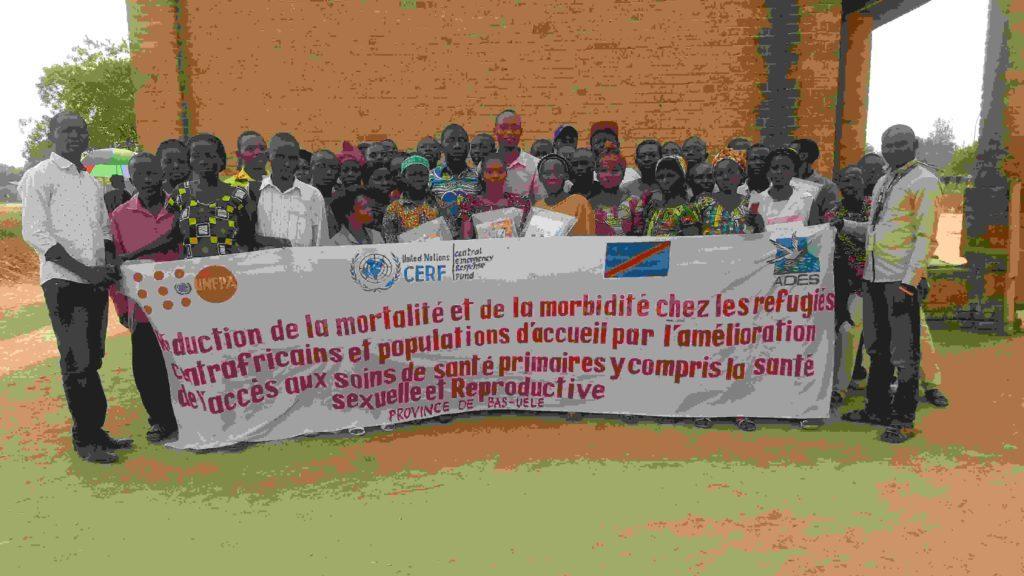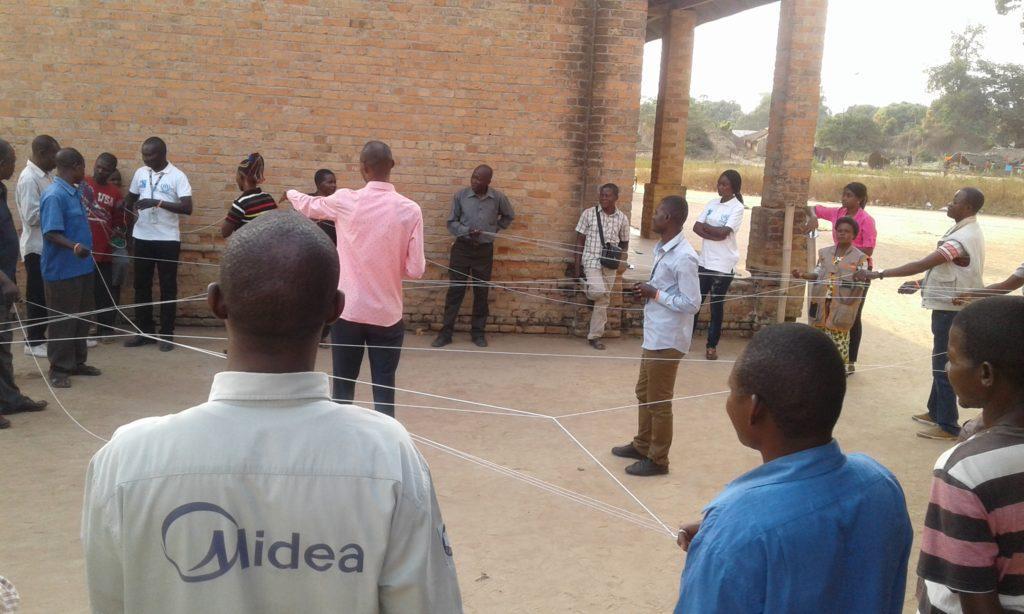
For more than two decades, the Democratic Republic of Congo (DRC) has been recording a boom in the production of health professionals, especially doctors and nurses. This situation is directly linked to the liberalization of higher and university education which has led to the uncontrolled proliferation of schools of medicine and nursing in almost every province in the country. The overproduction of human resources contrasts with the low absorption capacity of these new competences by the main employer, the Ministry of Health. Moreover, nearly a third of qualified personnel is concentrated in urban areas, creating serious shortages in remote rural areas.
Generally speaking, workers (including health workers) avoid rural areas for several reasons: difficult living and working conditions, lack of learning and career development opportunities, a meager salary, low capacity for local resource mobilization, social and physical insecurities, etc. The relative rural (vs urban) neglect is a global phenomenon, but the DRC is certainly no exception.
Let’s zoom in now on the Monga rural health district in my country. Situated in the Bas-Uele Province, at the northeast border of the DRC and the Central African Republic (CAR), Monga is a young rural health district covering a population of around 120,000. Many of these are refugees having fled the protracted armed conflict in the CAR, in various waves. Most Monga district inhabitants live on less than 1$ per day, with traditional agriculture and hunting being the main livelihood activities. From 2017 on, I had the opportunity to work in the Monga health district to provide additional support to facilitate access to health services for these vulnerable groups of people. It was blatantly clear to me that the health district lacks resources, especially human resources for health. Only 25% of their staff are qualified and only 17% (!) paid by the state. This lack of (qualified) personnel in turn clearly affects the district health’s leadership and management, the delivery of health services, the cost, the quality of care and the responsiveness to emergencies and other needs of the local population. These elements contribute to keeping communities in a precarious health state, even inducing sometimes iatrogenic poverty due to healthcare related costs. Out-of-pocket payment represents up to 70% of ‘’healthcare revenues’’ in the health district. Under such conditions, universal health coverage (UHC) will continue to remain a very distant goal, that goes without saying.
Based on this experience, in this article, I will propose some measures to attract and retain qualified personnel in the Monga health district. The objective is obvious: improving availability and quality of care, in line with the UHC agenda. Most suggested measures are with the main employer, the MoH, in mind.
Tackling the Monga district’s HRH predicament
Let’s start by pointing out an obvious problem to address. In urban areas in the DRC, new healthcare services are frequently opened without any regulation, sometimes even by newly graduated students from medical schools in search of employment. These new practitioners engage in private practice without sufficient experience, jeopardizing the quality of care they provide to their patients. There is thus an urgent need to regulate this area in order to direct these new human resources to existing public structures, especially healthcare facilities situated in rural areas where they might benefit from supervision by more experienced practitioners.
Second, when it comes to education related measures and training/career incentives, I believe that measures such as targeted admission of students from a rural background, loan repayment schemes (paid studies in exchange for services in rural areas for a defined period of time), supportive supervision, and increased opportunities for recruitment in the civil service may all prove relevant with a view on improving the situation in the Monga health district, and similar rural health districts. Targeted scholarships for advanced training, and targeted career advancement promotion, if well designed, may also increase the willingness to work in a remote rural area.
Third, it would be beneficial for the government to suspend all recruitment of health professionals in urban areas, both in public and private sectors, and to fill vacancies based on proven skills and experience, systematically promoting (experienced) professionals from rural to urban areas. In order for this to happen, the government should organize periodic performance assessments of health workers with the clear intention to promote those who prove very skilled. This would boost staff competitiveness.
Fourth, as for wages and other advantages, employees in urban areas typically benefit from a range of advantages such as transportation fees, housing, smooth communication and so on. Similar perks should be foreseen for health professionals working in remote rural areas, while also taking into account the specific risks related to their working conditions. This should include, among others, installation and training fees, in order to encourage competent health workers to agree to work in less privileged areas. An additional motivating element could consist in building and equipping social housing for professionals in rural areas, so that they wouldn’t have to start from scratch in these settings. Reducing taxes for those living in rural areas also sounds like a shoe-in.
Fifth, how about locally generated revenues? Both the Health System Strengthening Strategy (HSSS), initiated by the MoH in 2006, and the ongoing administrative decentralization (started in 2015) offer an opportunity to rethink recruitment and retention policies of health professionals in decentralized entities. Provincial governors have the power to recruit and assign staff to entities under their jurisdiction. Support measures can encourage the local payment of certain bonuses to local health workers and professionals with the income generated within the administrative entity.
Finally, people are also going to retire. Which sorts of retirement and succession related measures could trigger the right trends? As a start, those who have accumulated solid experience in the public sector in rural areas should benefit from positive discrimination to replace those who retire in the public sector in urban areas. Certain specific advantages could also be granted to those who can be proud of a great health services “track record” in rural areas, when retiring. Compensation could include token awards, decorations and so on. No doubt other creative measures can be conceived.
In this short article I zoomed in on the shortage of qualified health workers in the Monga Health district and proposed some measures to address this issue. I strongly believe that the measures here proposed are feasible and could encourage new graduates from the Monga health district and many others to agree to work in Monga, and move there permanently. What’s more, these measures do not necessarily require significant additional resources. If implemented, they will enhance the supply, availability and quality of care. So what exactly are we waiting for if we want to improve the health of the many vulnerable people living in the Monga district?
